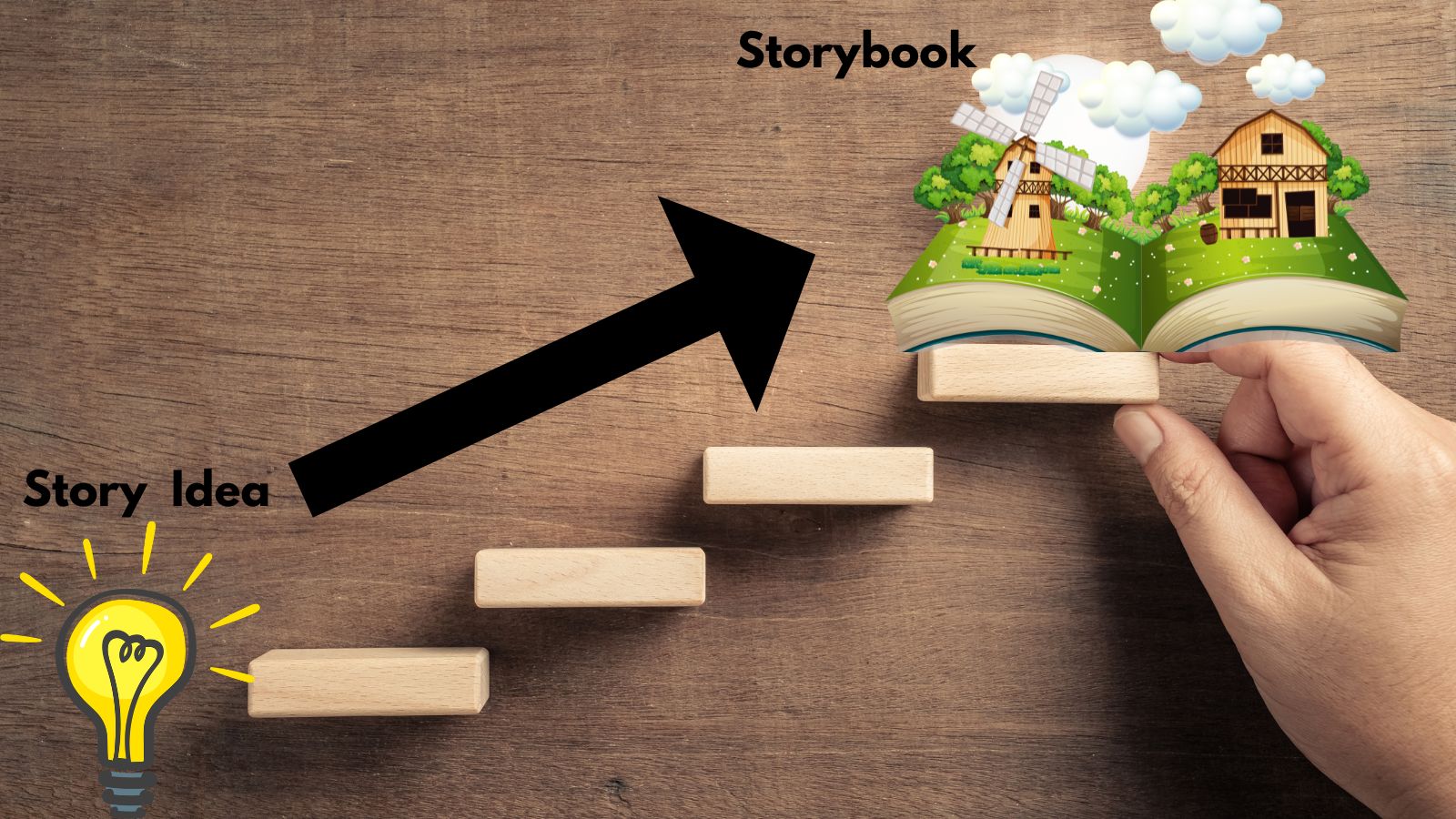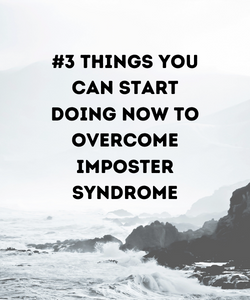Step-by-Step Guide to a Beautiful Story
Why do we all love a step-by-step guide to creating what we love?
We live in a fast-paced world. Most things happen in an instant. And our brains these days get distracted, and we want things right away. No wonder step-by-step guides are popular. And even more so when they are easy to follow. Who wants all the fluffy and complicated stuff? We all favour simple and straight to the point!
So, let’s jump into our step-by-step guide to creating a children’s book. Your framework to get you started. Creating captivating stories for children involves several key elements and a thoughtful framework. If you prefer to watch a video, I have prepared the same material on YouTube. Click here to watch.

Step-by-Step Guide You Can Start Working on Now!
Here is your guide to help you craft compelling narratives for young readers:
- Know Your Audience: Understand the age group you are writing for. Consider their interests, reading level, and developmental stage to tailor your story appropriately. Other audiences you should not ignore are parents and grandparents. I wished I consulted them enough before writing my first children’s book. They make the buying decision. So, start your marketing early. Understand parents and grandparents. Give them what they want.
- Engaging Characters: Characters convey your message. If you are choosing a spokesperson for your project. Who will you pick? Someone the audience likes or the one no one cares about? Children also have a choice, and they will let you know if you got it wrong. Create relatable and likeable characters that children can connect with. Give them distinct personalities, strengths, weaknesses, and goals to drive the story forward.
- Compelling Plot: Develop a clear and engaging storyline with a beginning, middle, and end. Include conflict, challenges, and a resolution that leaves readers satisfied.
- Vivid Imagery: Use descriptive language and vivid imagery to paint a picture in the reader's mind. Show, do not tell, to evoke emotions and immerse children in the story's world.
- Dialogue: Craft authentic dialogue that reflects how children speak and think. Use dialogue to reveal character traits, advance the plot, and add depth to relationships.
- Themes and Messages: Incorporate themes and messages that resonate with children's experiences and emotions. Explore universal themes like friendship, courage, acceptance, and self-discovery.
- Interactive Elements: Consider adding interactive elements like sound effects, interactive illustrations, or activities that enhance the reading experience and make the story memorable.
- Humour and Fun: Infuse humour, whimsy, and fun into your story to keep children entertained and engaged. Use wordplay, jokes, and playful language that appeal to their sense of humour.
- Pacing: Maintain a good pace throughout the story to keep readers interested. Balance moments of action and excitement with quieter moments for reflection and character development.
- Empathy and Inclusivity: Foster empathy and inclusivity by including diverse characters, backgrounds, and perspectives. Encourage empathy by showing characters understanding and respecting each other's differences.
- Readability: Consider the readability of your story, especially for younger children. Use simple language, short sentences, and clear storytelling to make it accessible and enjoyable to read aloud.
- Ending: End your story with a satisfying conclusion that resolves the conflict and leaves readers with a positive message or takeaway.
You Can do it!

Twelve points to follow may feel overwhelming. I do not want to send you off feeling exhausted. We do not need that now that we have the writing project for your book. Let us do the following to set you up for success.
- Break It Down: Take your 12 points and break each one into smaller, manageable steps. Tackle one small task at a time. Identify the task that will make the most significant impact. Focus on these first to gain momentum and motivation. Then, prioritize your tasks and celebrate every milestone. Rewarding yourself will keep your energy high and your mindset positive.
- Set Mini Deadlines: Instead of looking at everything at a glance, set realistic deadlines for each step. This way, you will stay focused without feeling the pressure of the entire project.
- Use Time Blocks: Set aside specific blocks of time for each task. Focus solely on that point for a short period (e.g., 25 minutes), then take a break.
- Visualize Progress: Create a visual representation of your agenda (like a checklist or board). Seeing completed tasks will inspire you to keep going.
- Stay Flexible: Remember, it is okay to adjust as needed. Flexibility will reduce stress if some tasks take longer than expected. You are not a superhuman. It is refreshing to walk away for a while and continue where you left off.
- Focus on Solutions, Not Problems: If a point on the list feels challenging, approach it with a solution-based mindset. Doing this will help keep things positive and manageable. If possible, delegate tasks to freelancers. Especially ones that are not your strong points. Allow others to help! Ask questions in groups that focus on book writing. People have had similar issues before. How did they solve the problem?
- Keep Your Eyes on the End Goal: It is helpful to remind yourself of the importance of the project. Focusing on the end result will motivate you to keep pushing forward.
- Eliminate Distractions: Stay focused on the tasks at hand by reducing distractions. Whether turning off notifications or setting up a dedicated workspace, minimizing distractions can make a huge difference.
- Take Care of Yourself: Lastly, don’t forget to rest and recharge. Keeping yourself energized will help you stay productive and avoid burnout. I know this as a mama who has suffered burnout. It is not a space I want you to go.
You have what it takes. You can create engaging characters, compelling plots, vivid imagery, interactive elements, and meaningful themes. You can write captivating stories that inspire and entertain young readers. Save this step-by-step guide, and come here often if you need a little cheering. I am cheering you to the finish line!
You will find the best stuff on the blog! Check out the following:
Like this post? Share it!
Fresh-squeezed how-to tips on book writing and busy mom life delivered to your inbox weekly.
My mama taught me never to brag. But permit me just this once to brag. Our emails kind of rock. This is where all the magic happens. Sign up for regular pep talks, inspiration, and all kinds of substance-packed goodness. Let's connect before you say goodbye.


